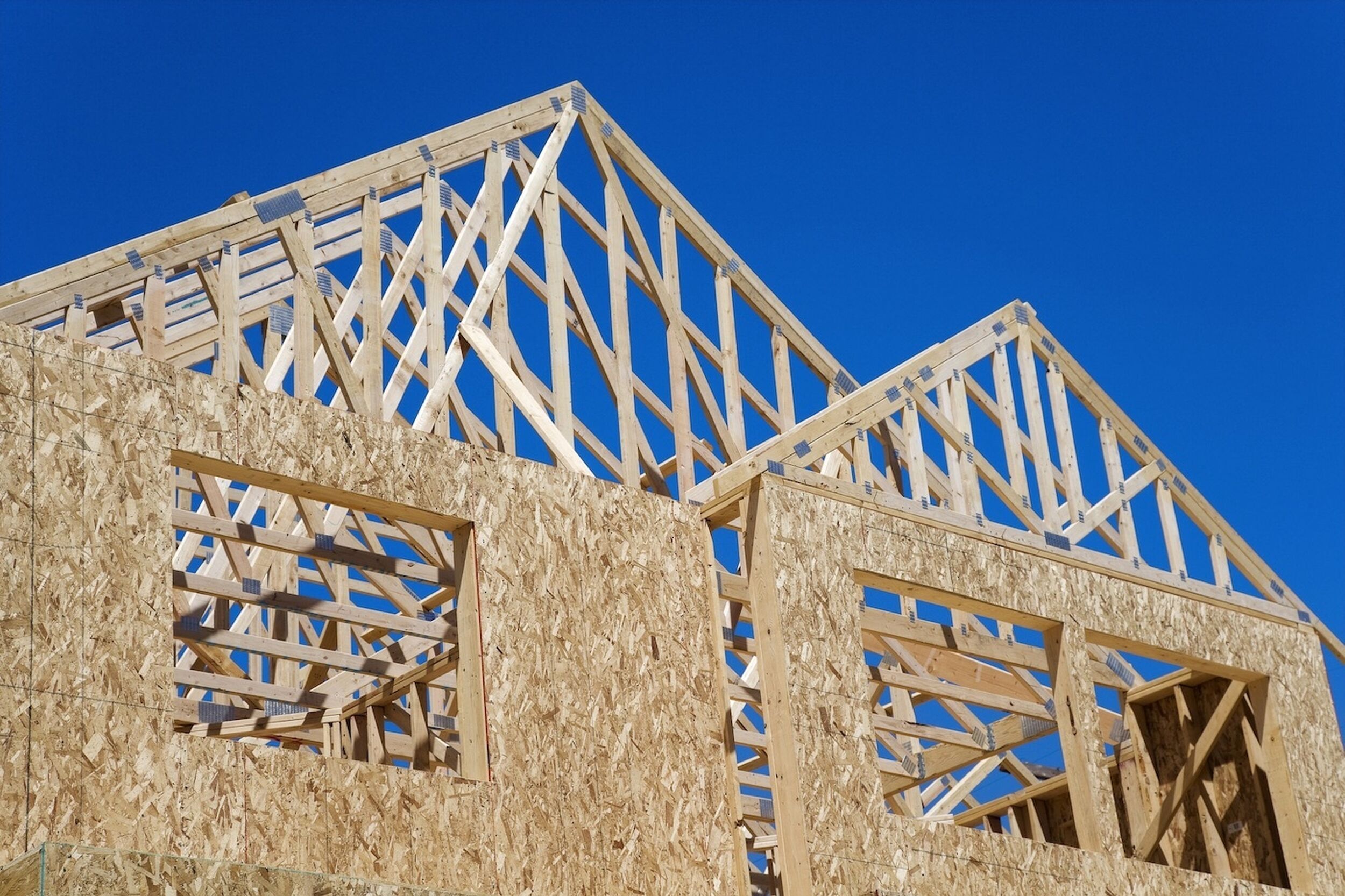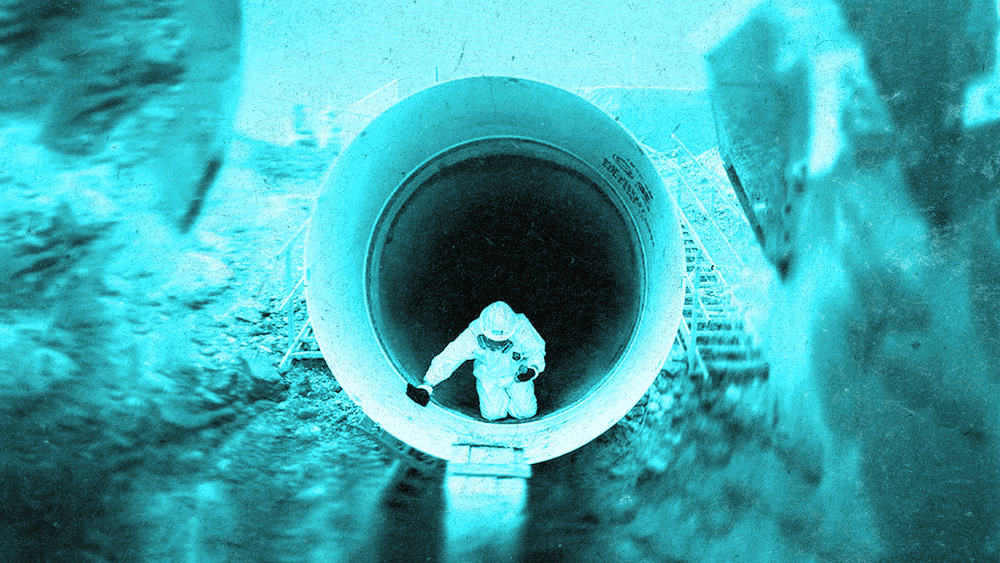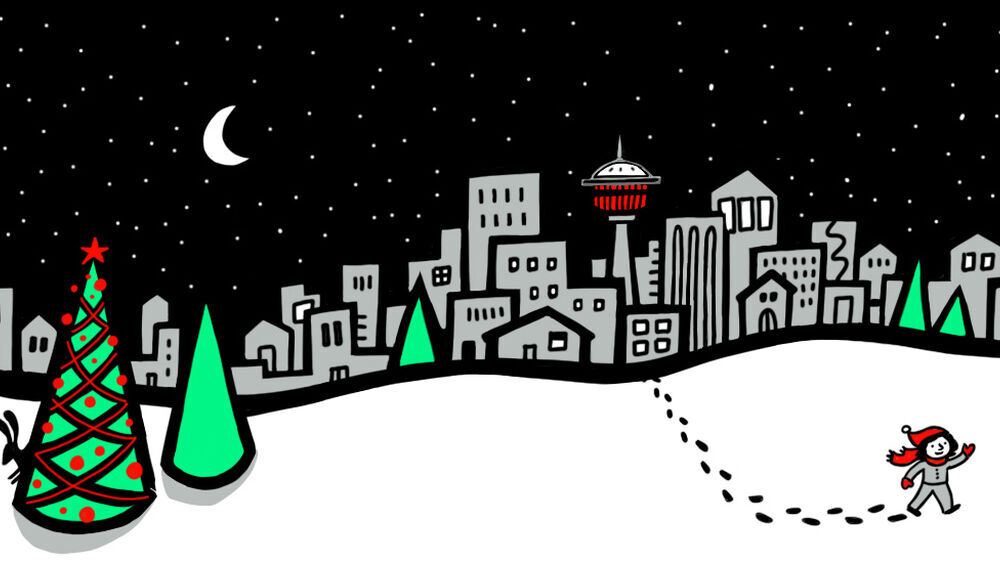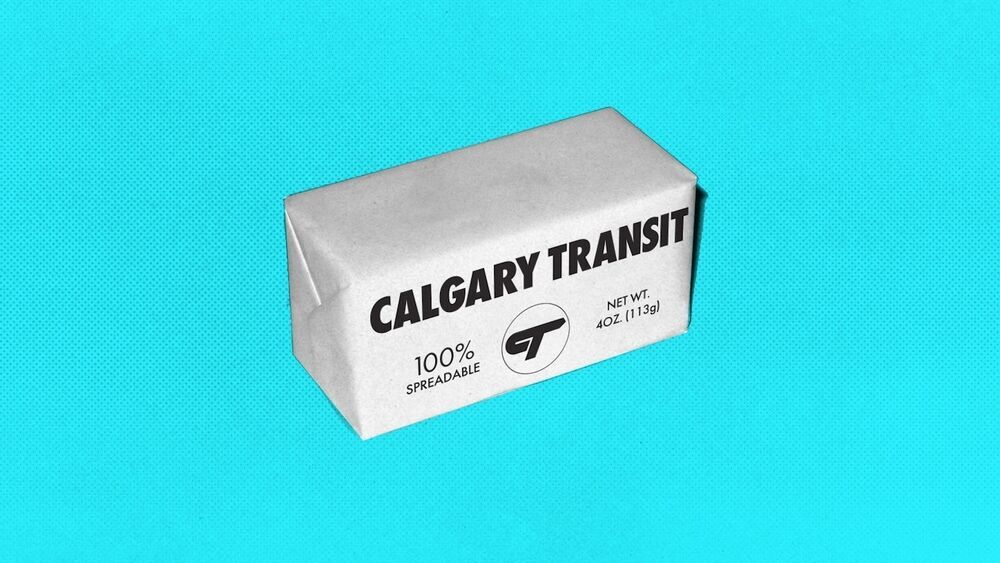
Photo: iStock/akurtz
Calgary city hall considers 8 new communities
Nearly 40 are already in progress — and costly.
One of the most contentious moves of Calgary's previous city council was its decision in 2018 to approve 14 new communities on the city's outskirts.
Now city hall is laying the groundwork for another batch of new suburban developments as city hall prepares to set its next four-year budget later this year.
As Ximena González reported last month in The Sprawl, Calgarians have been flocking to the suburbs since the pandemic hit. City admin has been forecasting that more than 100% of the city's population growth between 2021 and 2025 will go to the outskirts.
I did a double take when I first read that: more than 100%?! Yes.
How does that work, exactly? Well, city hall forecasted a population increase of about 85,000 over that period, with more than 88,000 people "anticipated to be captured in new suburban development," and established communities losing some 3,000 residents.
City bureaucrats are now recommending five new communities to help meet demand—plus three more "if risks around servicing, operating cost efficiency and absorption can be mitigated."
If all eight went ahead, they would potentially accommodate nearly 45,000 people, according to city admin.
This issue will test the new council and see what it’s really made of.
These eight would be on top of the 39 new communities that are already in progress (the 14 approved in 2018, plus 25 approved before that). The city expects that servicing those 39 communities—completing utilities, fire services, roads and such—will cost over half a billion dollars over the next four years.
The eight new communities are being floated as part of the citywide growth strategy. Meanwhile, the city's climate strategy—remember that?!—goes to council on July 5.
Which raises an obvious question. Aren't these two strategies at odds?
The short answer is: yes, they are. And that's not just me saying that. City admin has more or less acknowledged as much.
That's a noteworthy shift. When council approved those 14 communities in 2018, the climate impacts of the decision barely registered. It just wasn't discussed. There was a certain willful ignorance at play.
To its credit, city hall is connecting the dots a little more this time around. The city has produced a six-page report on the climate impacts of the recommended new communities—and the document is fairly blunt in its language.
Approval of new communities will lock in generations of high-energy intensity land use and transportation patterns.
"Approval of the recommended portfolio of business cases would result in an increase in citywide GHG emissions of approximately 1%, increase climate risk through additional exposure of developed lands and assets to climate hazards, and result in the destruction of over 300 hectares of natural assets and the ecosystem services they provide," states the report.
All of this would "make it more difficult to achieve the city’s 2050 net zero emissions goal," the report warns.
The rationale for these new communities, in part, is that they are not so much creating entirely new neighbourhoods as complementing existing ones. This was part of the rationale for the previous round as well.
Halting suburban development altogether would bring its own challenges. The city report warns that "any measures to limit suburban expansion must be combined with proportional efforts to facilitate redevelopment in the established area in order to avoid unintended consequences such as spiking housing prices or increasing social inequity."
This council finds itself in an age-old Calgary problem. Growth in established neighbourhoods is good for the future, both environmentally and economically, but difficult to accomplish (neighbours fight it!).
Spilling further onto the prairie is bad for the future—emissions-intensive and ultimately very expensive—but remains relatively easy at the outset (no neighbours to make a fuss!). Furthermore, in the absence of a robust affordable housing program in Canada, urban sprawl is the strategy.
This issue will test the new council and see what it's really made of. Does the climate emergency council declared in November mean anything? Will city hall finally put meaningful limits on outward growth? And are new council members willing to stand up to moneyed interests that have traditionally held sway at city hall, climate impacts be damned?
This will go before council's infrastructure and planning committee on Monday, June 27. It's a testing of the waters; committee won't be voting on the new communities per se, but on whether or not admin should include them in the four-year budget plans that will go before council in November, when crucial decisions are made.
Regardless, Monday's meeting should be a lively one, complete with public hearing.
Then, the following week, council will deal with the climate strategy (check out the recent Sprawlcast if you want to know what it's all about!).
This will be a revealing couple of weeks at city hall.
Jeremy Klaszus is editor-in-chief of The Sprawl.
Support independent Calgary journalism!
Sign Me Up!The Sprawl connects Calgarians with their city through in-depth, curiosity-driven journalism. But we can't do it alone. If you value our work, support The Sprawl so we can keep digging into municipal issues in Calgary!




